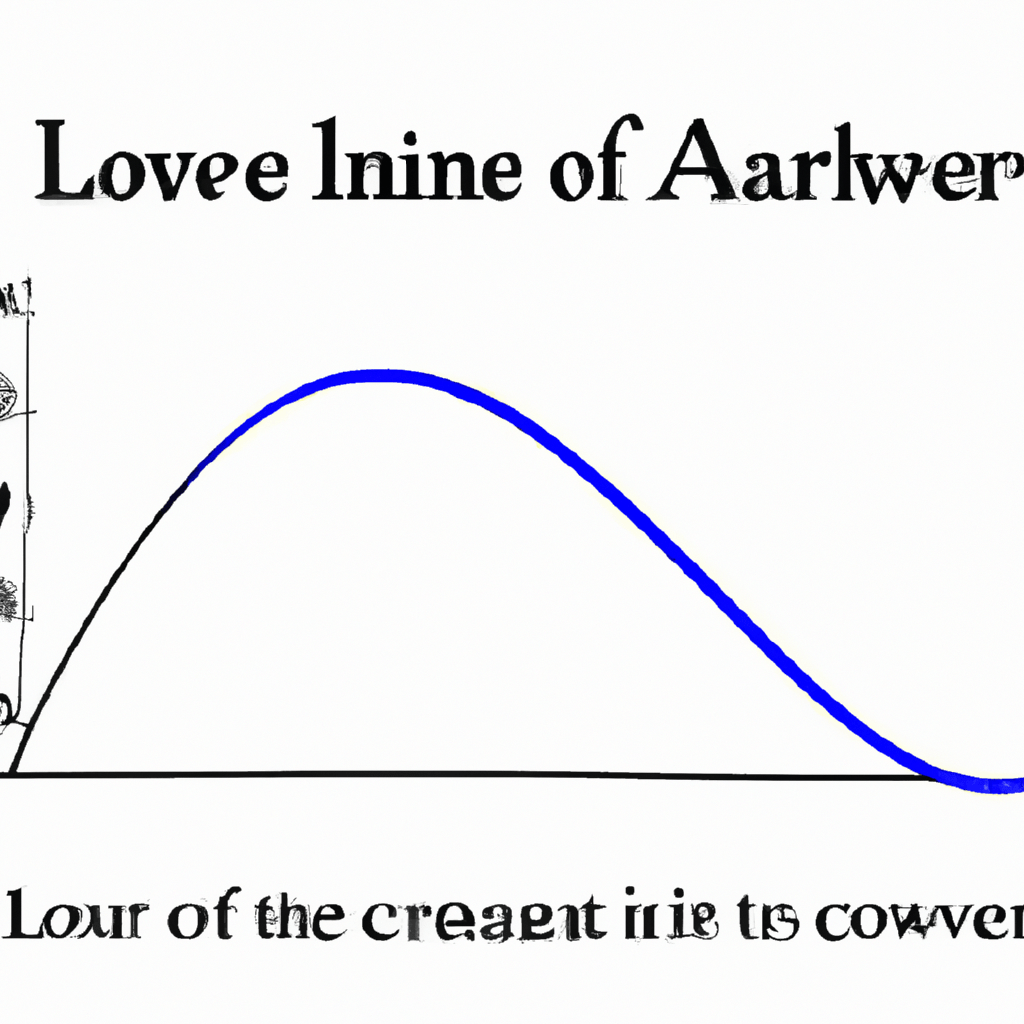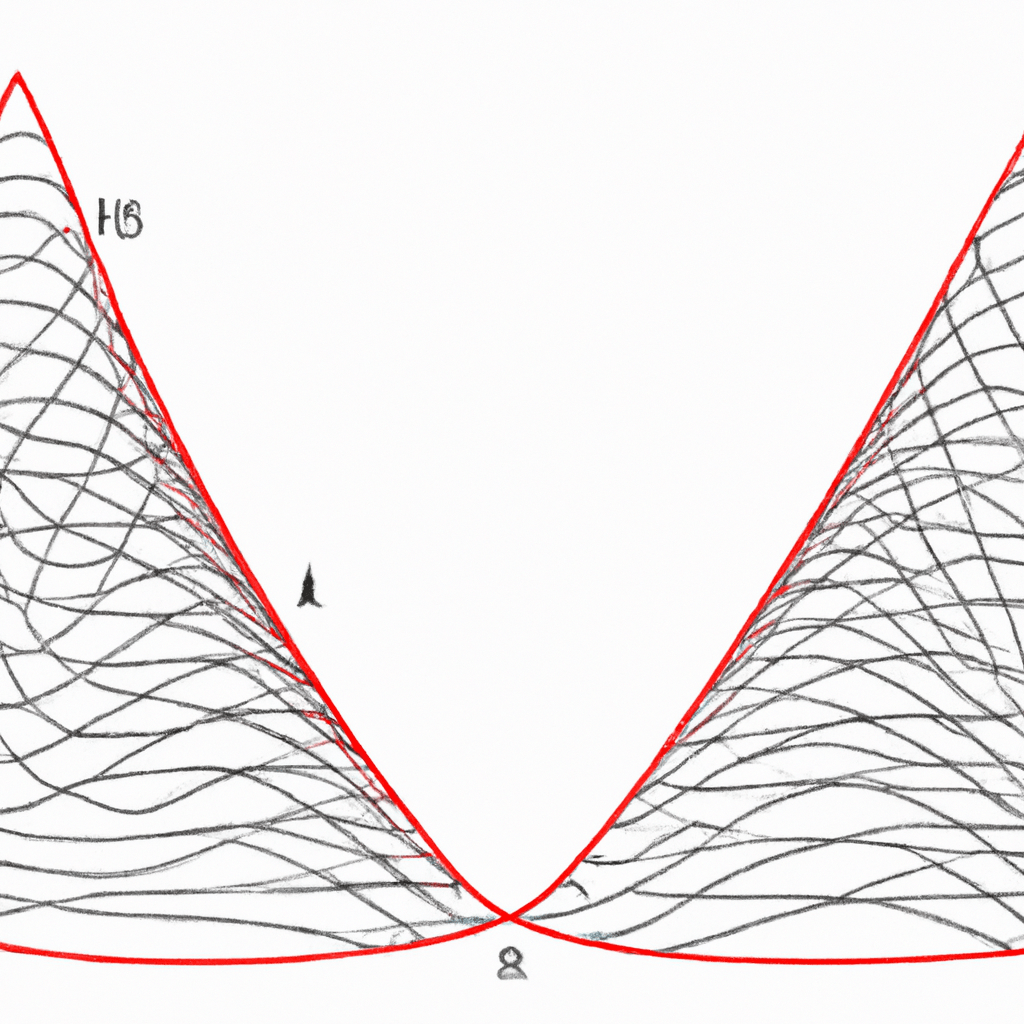Interpretation of Lorenz curve

The Lorenz curve is a graphical representation that helps analyze income distribution within a given population. By plotting the cumulative percentage of income received by individuals against the cumulative percentage of the population, the curve provides insights into economic inequality. The closer the Lorenz curve is to the diagonal line of perfect equality, the fairer the income distribution. However, if the curve deviates significantly from the diagonal, it indicates inequality, with a larger area between the curve and the line representing a higher level of disparity. Understanding and interpreting the Lorenz curve is crucial in studying social and economic policies aimed at reducing income inequality.
Read more
Definition of Lorenz curve

The Lorenz curve is a graphical representation of income distribution within a given population. It plots the cumulative percentage of total income received by the population against the cumulative percentage of the population. This curve is widely used in economics and social sciences to measure inequality. The closer the Lorenz curve is to the line of absolute equality, the more equal the income distribution. On the other hand, a more bowed-out curve suggests greater income inequality. By analyzing the shape and position of the Lorenz curve, policymakers and researchers can better understand the level of inequality present in a society, aiding in the formulation of effective policies to address it.
Read more
Construction of Lorenz curve

The Lorenz curve is a graphical representation used to analyze the distribution of income or wealth within a population. Constructing a Lorenz curve involves a series of steps. First, the data must be sorted based on income or wealth levels from lowest to highest. Next, the cumulative percentage of the total income or wealth is calculated for each corresponding group. A graph is then created, with the cumulative percentage on the y-axis and the cumulative percentage of the population on the x-axis. Finally, a line of equality is drawn to represent perfect equality, and the Lorenz curve is plotted by connecting the cumulative percentage points on the graph. The resulting curve visually illustrates income or wealth inequality within a society.
Read more
Lorenz curve

A Lorenz curve is a graphical representation used to analyze income distribution within a population. It was developed by Max O. Lorenz in 1905 and is often used in economics, sociology, and other social sciences. The curve plots cumulative income against the cumulative proportion of the population. By comparing the Lorenz curve to the line of perfect equality, which represents a situation where income is distributed evenly, one can observe the degree of income inequality in a society. The closer the Lorenz curve is to the line of equality, the more equal the income distribution.
Read more












